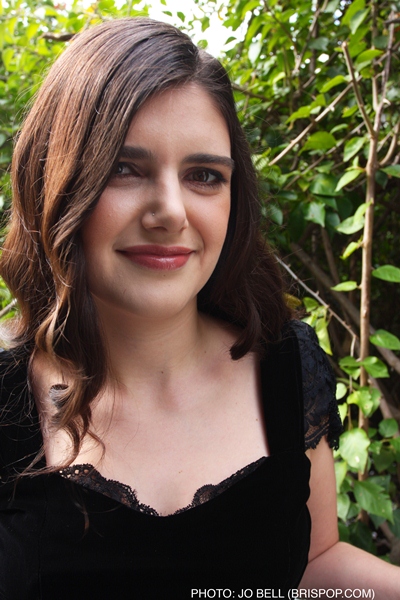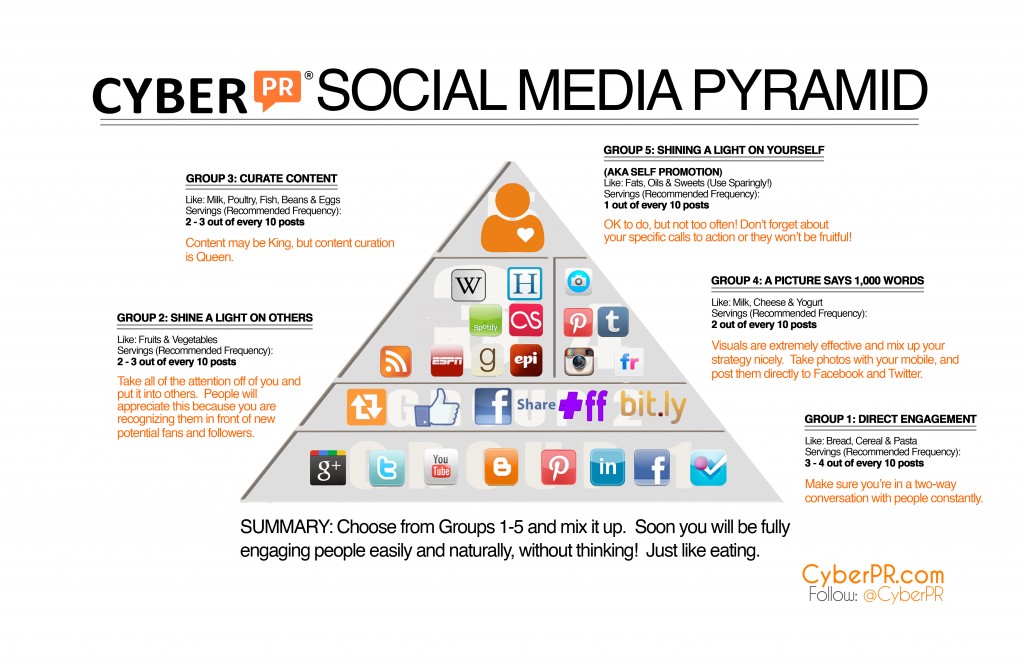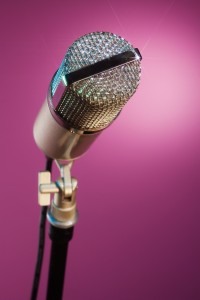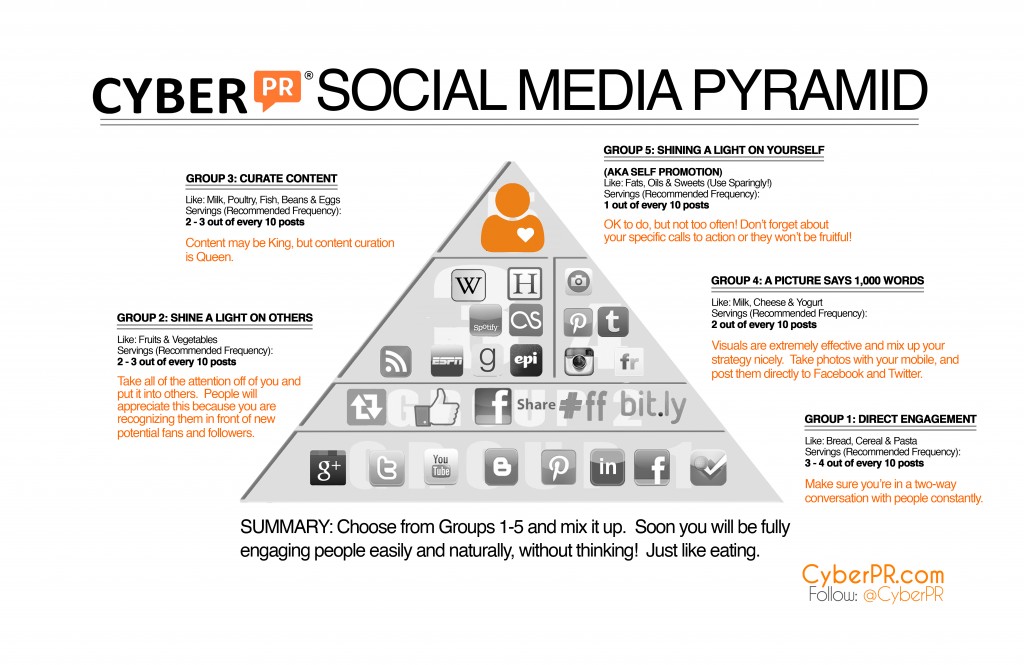![]()
Ariel Hyatt, founder of Cyber PR is one of the warmest people I know. She’s dedicated to what she does and who she does it for, and a prime example of branding incarnate, as you can spot her & her trademark fiery red mane from anywhere in the room. So when I found out she was hosting the Your Music, Your Rights, Your Career (#YourMusic) seminar this past Saturday, I got tickets for my whole crew and we sat in the front row. Six nonstop hours, jam packed with insight and information from movers, shakers, thought leaders, and curators of cool in various facets of the music industry. Afterwards the whole crew and I went straight to the studio and had an amazing session (click here so you can hear what we recorded when we release it http://tinyurl.com/EnterTheCult).
Here’s My Guest Blog After Attending the #YourMusic Seminar; maybe this whole thing is easier than you think…
First things first let’s demolish whatever train of thought you may have. Demolish it. Let’s destroy and rebuild.
No, this isn’t as painful as you think, what it means is that you get a clean slate, and that’s an amazing thing.
You’re reading this because you love making music, creating art, entertaining …and making money right? …Riight?
You didn’t pour your heart and your soul into your art just to post it on Facebook, Twitter, and a “link in bio” album cover photo it for the ‘gram did you? If so, stop reading this right now, go post your latest link and go away.
Mozart Didn’t Sell Music, He Sold An Experience
Let’s destroy the thought that we live in a world where we create music/art to “sell” it, obliterate it; that world no longer exists baby. Let’s be evolved.
Why are kids tapping their parents pockets to cram into any “EDM festival” they can? It’s the same reason people line up outside of stores days in advance for sneakers, or a video game, or an iThingy. They’re not just making a purchase, they’re living out an experience.
In a time before the “Music Industry” existed, creatives of all sort have, well, gotten creative when it comes to sourcing income for their craft. Mozart didn’t compose amazing music trying to go platinum, Shakespeare wasn’t writing to be a “New York Times Bestseller” – by masterful execution of the craft, an experience was created, value perceived, and high demand ensued.
Let’s bomb on one more thought: You are not your YouTube views, you are not Facebook likes, or Twitter followers, your worth will not be measured in album sales, downloads or awards. You were valuable since the day you were born. Shout out to Michael Whalen for taking great measure shift the perspective from creating for validation to creating because that’s what you do. Doing this allows you to create all new value for yourself and your work. Personally, I haven’t been into school since before getting kicked out of the 11th grade, but fond of learning I am, and Michael Whalen operated surgically as a teacher.
Ok so now we’re at a clean slate, we know that we’re valid, and we’re creating out of our best selves from that purest place of love, which means we’re pouring out the good sh*t right? We’re not door to door music salesmen anymore; we’re creators of moments and experiences that people enjoy. We’re evolving and it feels good. Ready to move forward?
Before We Get to the Millions, The Private Planes, and All the Acclaim – Know Your Damn Rights.
How are you expecting to cash in off your art if you don’t know where the money is going to come from? If you’re expecting someone to “just do it for you” or maybe for the cash to fall out of the sky after you finish uploading it, go get that customer service job that you’re gonna hate, keep posting links of FB for know one to see, and go away some more. Because apparently that’s ‘easier’ than taking the time to learn about the business you’ll be existing in. Heck, even the customer service job is going to put you through a training.
Do yourself the favor of learning about copyright law, how easy it is to set up your own publishing company (you’ve probably already did it and don’t even know), and developing and understanding of publishing, because this is your business. Most independent artists both write and perform their own original music. Do you know you can paid double for that? Do you know you can receive royalties for performing your songs live?
Have a really cool logo? Understanding copyright law means you can set yourself up to be paid when that really cool skateboard company wants to put it on a line of their boards (personal ambition).
Here are some of your main income sources, know them and know your rights in them. It’s 2015, you don’t have to walk through the cold to the library and flip through encyclopedias to educate yourself on the subject – just spend a few less minutes watching those funny ass BuzzFeed videos (guilty of it too) and take some time reading through the wealth of information available online. Experts in the field are on Twitter and if you ask concise questions, concise answers you will get.
Recording Income
Publishing Income
Live Performances
Merchandise/Ancillary
Branding
Learn what each means to you and your process. Or wait until somebody else comes along with a magic wand to do this for you. Do you want to be an entrepreneur, or do you want a fairy godmother to come babysit you?
MONETIZATION: In the Garden of Conversation
“Success is in the Details”
One of the most enlightening things I learned from the day is that conversation = currency.
Suddenly I began to see things in a different light. What, if anything are your fans saying about your music? How are you as the gardener tending and curating the conversation? Do you take a genuine interest in your fans & followers?
Ask yourself this: how do you fans use your music and what role does it play in their lives? Do they listen to your music to workout? When they’re driving? When dealing with a painful circumstance? Maybe your music is the music they play to get pumped up before they go out with their friends, or maybe it’s that song you play on the ride home. Remember we’re not door to door music salesmen; we’re creators of moments and experiences that people enjoy. Think about the experiences your fan base has with the music, and then don’t just think about it – take it a step further and engage in that experience. Talk to your constituents, they talk.
At the moment YouTube is the best platform of monetization for your videos. Do your due diligence in setting up a proper partnership with YouTube. Give special care setting up the Title, Description, Your Tags, And your Thumbnails. “Success is in the Details”. That quote was prevalent throughout the day and it rings true. It’s the difference between more people discovering your music & the difference between you making money and missing money.
Now that your understanding how your base is interacting with your music, and you’re tending to the garden curating the conversation around your music, it’s time to unleash the power of your fans. Unleash them.
User Generated Content (UGC)
Playlists
Covers
By encouraging your fans to upload videos using your content, sharing your music in playlists, and even doing their own covers – it enhances the experience, it spreads the conversation, it deepens the engagement, and if you’ve done your due diligence, then your Monetized content is generating income for you. And look you didn’t have to sell anything .
A case study in action of this would be the “Harlem Shake” phenomenon from a little whiles back: there was an experience to be had, conversation formed around it, the fans were unleashed, the experience enhanced, the conversation spread and the results – over 10,000 UGC videos resulting in billions (plural, with a B) of views.
Somewhere Between Marketing & Promotions, PR, Social Media, And Crowdfunding, I Learned the Answer. And here’s the great takeaway…
The whole day proved to be amazing. My perspective was changing and my head was getting crammed with new information and ideas I couldn’t wait to run off and put into action.
As I listened to folks well versed in the lingo of marketing and branding, I began to notice a common theme that seemed to me to be what the universe wanted to get through to the crowd. Listening to artists who had successfully completed crowdfunding campaigns, and even the founder of Pledge Music, there was a simple lesson forcing its way into the crevices of my grey matter.
It all boiled down to two simple questions:
Who Are You? And What is Your Story?
No PR firm going to take you on, no amount of marketing and promotion will do, no fans are going to fund you, and it honestly doesn’t matter which social media site your on: you’re equally stupid on all of them until you can truly define who you are, what you stand for, and what your story is.
Knowing this, establishing this, and sharing this. That’s what makes people drawn to you and rally around you. And that makes your job significantly easier doesn’t it? Because now people will rally around you being you for who you are. Now you’re not creating for validation. Now you’re not a door to door music salesmen. Now you are defining the experience, molding the conversation, and you’re doing it by being you. That’s what your fans have been waiting for this whole time. They gain something in sharing in your story, in being apart of that experience. So don’t deny them. “The most personal you can be, the most universal”.
There’s one more piece to this though, have a plan. Set yourself some goals. You will achieve them, and then you’ll move on to other greater challenges. Most of the obstacles in your way are of your own creation. Joyfully let them go. They don’t serve you any longer. This is easier than you think, but it does require that you think differently, and more so than anything that you consistently and persistently take action.
And if you don’t have one, get yourself an email list, nurture it, send them cool stuffs, and sign up for mine here: http://tinyurl.com/EnterTheCult ️
About Deuce Ellis
Deuce Ellis is a Cult #Believe in #DeuceEllis & ALL your dreams shall come true.
Much like a pyramid Deuce Ellis has built a solid foundation from the ground up, steadily bringing him higher and higher. From touring with hip hop icons like Das EFX, and Prince Po (Organized Konfusion w/ Pharoahe Monch) & rising stars such as Aloe Blacc – Deuce has traveled the lands honing and perfecting his craft.
In quite spectacular indie fashion #TheCult leader organized a series of his own cross country tours, driving state to state with Tiger The DJ, crashing couches, trashing hotel rooms, and connecting with the people, whether the crowds were 5 or 5,000. Whether rocking Warped Tour, sharing the stage with the legendary Rakim, or indie sensation Mac Miller, Deuce Ellis crosses demographics, bringing the world into his niche instead.
And it’s deeper than just rap music. Deuce’s artwork has hung in a Mr. Brainwash exhibit in LA. With Tiger and renowned NYC fashion designer Nippy Lavern (also his best friend of 20+ years) they organized and hosted a monthly Fashion parties bringing together the latest in clothing & music & a celebration of the culture in Brooklyn, USA. Not only has he built his own tours, but he’s helped other artists get their start on the road as well. Deuce has also written a book of poetry titled #BLVCKXMAS” set released December 2014. The Cult leader has thrown his own successful underground concert series “It’s a F*cking Hip Hop Show” in Brooklyn, highlighting up and coming talent from NYC & acts from all over the country & has used this event to drive to collect food, toys & clothing for those in need.
Currently Deuce Ellis is the co-funder of the Annual Artworks Festival. The inaugural event took place Saturday July 5th, 2014 in the Bushwick section of Brooklyn, The Artworks Festival is a day long multimedia Music & Arts celebration bringing artists, performers, musicians, and creatives from all over the world to Brooklyn to Party & Bullsh*t. The Artworks Festival is co-founded & co-curated by internationally acclaimed Dj, producer & longtime collaborator Mario Bee.
You can also look forward to new music coming from Deuce Ellis – a 7 track concept EP titled Nothing is Sacred is set for release Friday, February 13th.
The post Guest Post by Deuce Elllis: The New Music & Entertainment Business: Easier Than You Think? appeared first on CyberPR Music.









 Rose, tell us about yourself…
Rose, tell us about yourself…
 Facebook: See something interesting on a fan, friend or band’s Facebook pages? Don’t just “like” it, write a true comment about it and get more involved.
Facebook: See something interesting on a fan, friend or band’s Facebook pages? Don’t just “like” it, write a true comment about it and get more involved. Twitter: Send messages to people or mention you are with them by using the @ sign and their username (For Example: I’m
Twitter: Send messages to people or mention you are with them by using the @ sign and their username (For Example: I’m  Blog Reading: Create a
Blog Reading: Create a  Tumblr: Tumblr is a simple to use blogging platform that will allow you to comment on and re-blog others’ links, quotes, videos and songs with a click of a button.
Tumblr: Tumblr is a simple to use blogging platform that will allow you to comment on and re-blog others’ links, quotes, videos and songs with a click of a button. Youtube: Bonus! Make custom video comments or greetings with a smartphone; post them as comments or contributions. Subscribe to other people’s channels, and comment on their videos. A brand new service called Viddy which allows you to capture quick, 15 second videos that can be posted to Facebook or Twitter. Jason wrote a
Youtube: Bonus! Make custom video comments or greetings with a smartphone; post them as comments or contributions. Subscribe to other people’s channels, and comment on their videos. A brand new service called Viddy which allows you to capture quick, 15 second videos that can be posted to Facebook or Twitter. Jason wrote a  Foursquare: Create fun spots that relate to your band/ music and check in, interact with others when you are out and about. Of course, Facebook now has
Foursquare: Create fun spots that relate to your band/ music and check in, interact with others when you are out and about. Of course, Facebook now has  Quote people you like by sharing their profiles and videos on Facebook and re-post on your blog. Link to articles and interesting things that catch your attention such as videos, photos etc.
Quote people you like by sharing their profiles and videos on Facebook and re-post on your blog. Link to articles and interesting things that catch your attention such as videos, photos etc. The best part is you can set up an RSS reader to pull interesting content for you so you don’t have to come up with anything brilliant – just select what you like and share it. And if it’s interesting to you it’s probably interesting to your community
The best part is you can set up an RSS reader to pull interesting content for you so you don’t have to come up with anything brilliant – just select what you like and share it. And if it’s interesting to you it’s probably interesting to your community Take photos using your mobile and post them to Facebook and Twitter. If you have an iPhone, the best way to do this is using the
Take photos using your mobile and post them to Facebook and Twitter. If you have an iPhone, the best way to do this is using the 



 You have your music, your vision, and you are eager to make that first move in the world of PR. But before I jump into what you’re here for, the nine critical things you should now about PR, we need to be sure that your ready to begin such a relationship with the media. It’s not a matter of feeling ready, it’s a matter of being ready.
You have your music, your vision, and you are eager to make that first move in the world of PR. But before I jump into what you’re here for, the nine critical things you should now about PR, we need to be sure that your ready to begin such a relationship with the media. It’s not a matter of feeling ready, it’s a matter of being ready.


 This is one of my most popular articles – It is included in my book and with social media growing at such a rapid pace, I decided it was a good idea to revisit my social media food pyramid and update it for 2015.
This is one of my most popular articles – It is included in my book and with social media growing at such a rapid pace, I decided it was a good idea to revisit my social media food pyramid and update it for 2015.



 Username – This will be the name that people will see when content you post shows up in their feed. Since you’re an artist/band it’s important for you to use your artist or band name for search purposes. You’ll want to do the same a little later when you create the URL for your Tumblr for SEO purposes.
Username – This will be the name that people will see when content you post shows up in their feed. Since you’re an artist/band it’s important for you to use your artist or band name for search purposes. You’ll want to do the same a little later when you create the URL for your Tumblr for SEO purposes.







